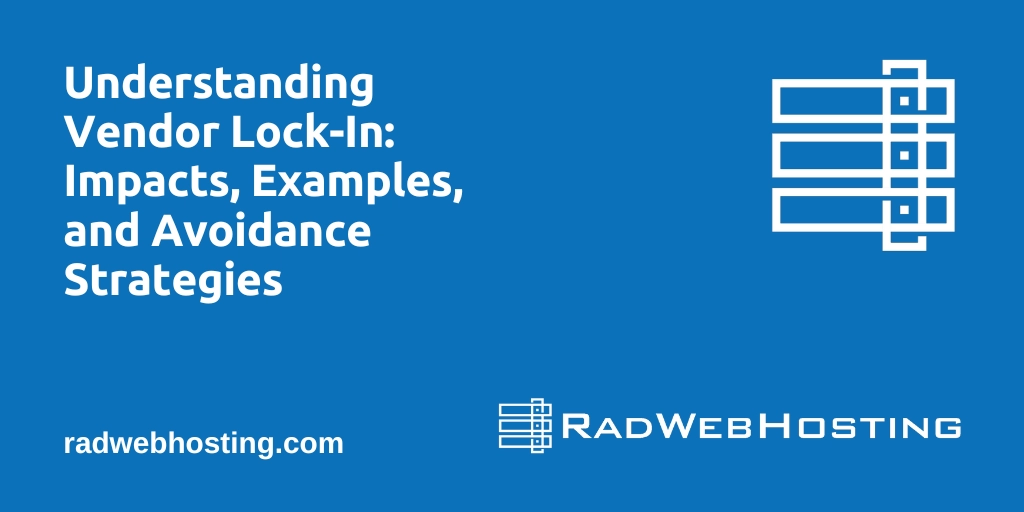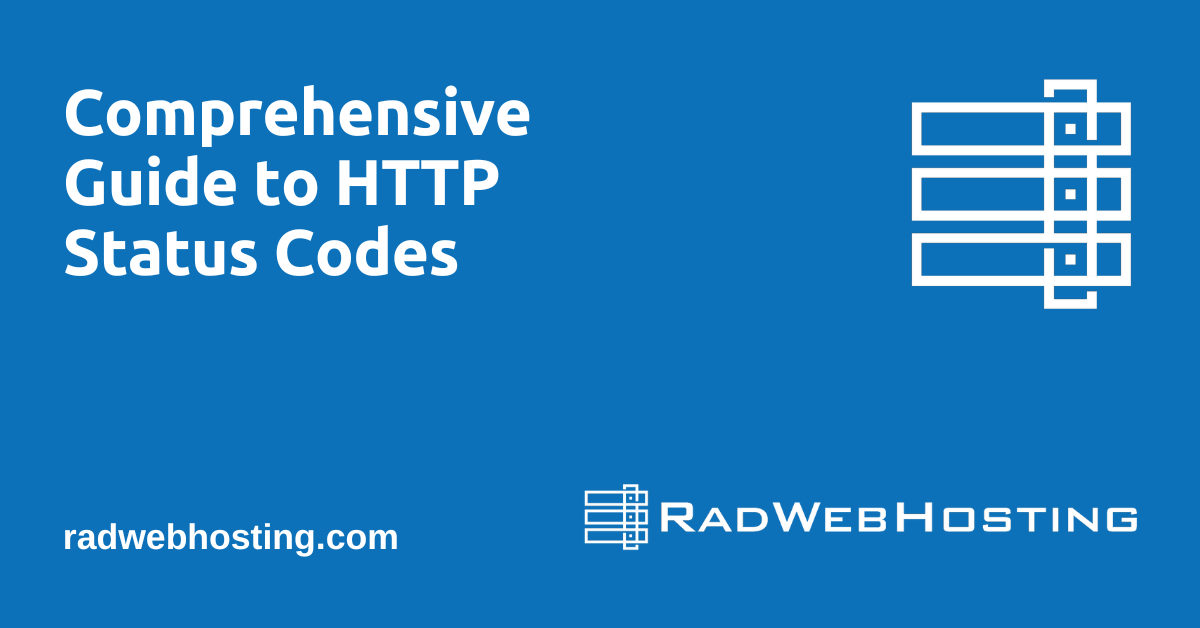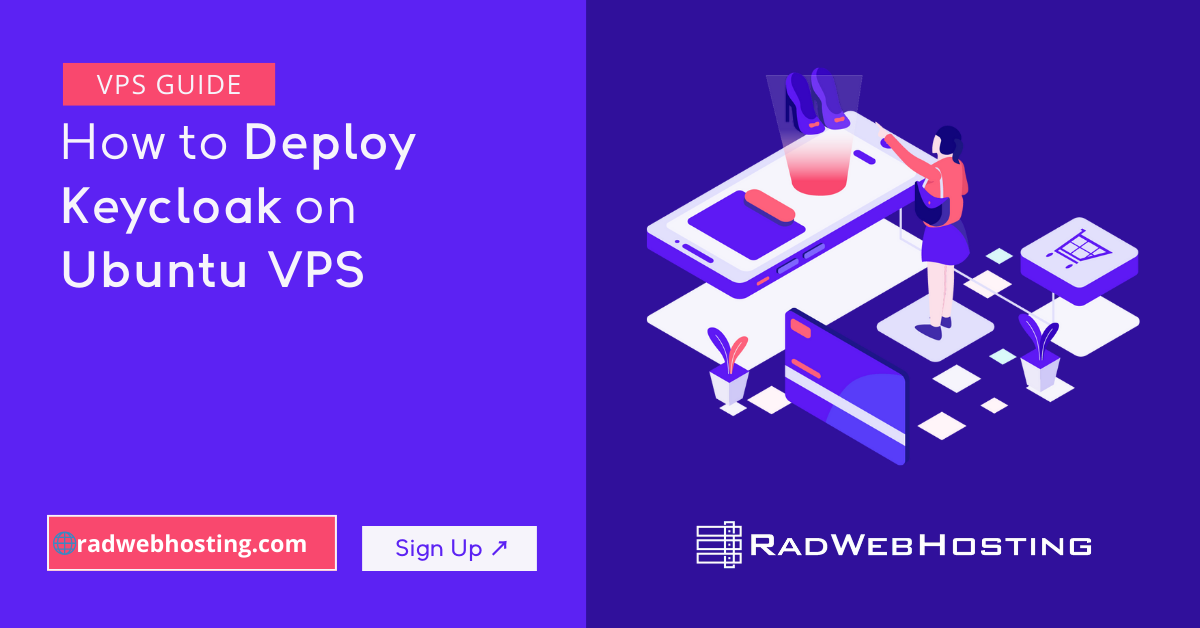
This article is intended to help readers better understanding vendor lock-in by identifying its impacts, examining examples, and highlighting avoidance strategies.
After reading, you should:
- be familiar with the concept of vendor lock in
- be aware of potential impacts vendor lock-in can have on businesses
- be able to identify examples of vendor lock-in
- know best practices for avoiding vendor lock-in
Vendor lock-in is a significant concern for businesses and organizations that rely on external vendors for critical services or products. It refers to a situation where a customer becomes dependent on a vendor for products and services, unable to easily transition to another vendor without substantial costs, difficulty, or disruption. This blog delves deep into the concept of vendor lock-in, exploring its effects, providing real-world examples, and offering strategies to avoid it.

What is Vendor Lock-In?
An ideal business relationship, much like in nature, is one known as a symbiotic relationship, or Symbiosis, which is defined as a relationship between two entities, in which both parties benefit directly from the relationship.
One can imagine a similar scenario in business and economics.
For example, in a buyer/seller relationship, for example, a buyer will pay for a good or service from a seller an amount equal-to or less-than (≤) the amount in which they value the product/service.
In contrast, a seller sells their product/service for an amount equal-to or greater-than (≥) the amount in which they value their product/service.
So, in the limited example, in order for commerce to happen, both of the above must be true: the buyer must pay an amount equal to or greater than the amount the seller values their product/service and the seller must sell their product/service for equal to or less than the amount the buyer values the product/service.
Vendor lock-in occurs when a company (buyer) is so reliant on a particular vendor (seller) that switching to another vendor becomes prohibitive. This dependency can arise due to various factors, including proprietary technologies, lack of standardization, high switching costs, or unique service agreements. Vendor lock-in can limit an organization’s flexibility, increase costs, and hinder innovation.
Types of Vendor Lock-In
- Technology Lock-In: This happens when a company relies on proprietary technologies that are incompatible with other systems.
- Contractual Lock-In: Long-term contracts with heavy penalties for early termination can lock a company into a vendor relationship.
- Data Lock-In: When data is stored in proprietary formats that are difficult or expensive to transfer to another system.
- Skill Lock-In: When employees are trained to use specific vendor tools and switching vendors would require significant retraining.
Examples of Vendor Lock-In
-
Cloud Computing
Example: AWS, Azure, Google Cloud
Cloud computing providers like AWS, Microsoft Azure, and Google Cloud offer extensive services that integrate deeply into business processes. Companies often use these platforms for their scalability, reliability, and comprehensive service offerings. However, the deep integration with their tools and services can make it challenging to switch providers.
Impact: The cost and effort of moving large volumes of data, reconfiguring applications, and retraining staff can be prohibitive. Additionally, cloud providers often implement custom unique API and services which can strengthen an organization’s dependence on a singular provider. Additionally, the pay-per-use nature by which services are billed, coupled with the breadth and complexity of variable costs can often leave businesses exposed to unpredictable costs associated with use of the service.
-
Enterprise Software
Example: SAP, Oracle
Enterprise software solutions such as SAP and Oracle provide critical business functions like ERP, CRM, and supply chain management. These systems are often highly customized to fit specific business needs, making it difficult to migrate to another provider.
Impact: Migrating to a different enterprise software can be complex and costly, involving significant downtime, data migration challenges, and the need for new customization.
-
Telecommunications
Example: Cisco, Avaya
Telecommunications vendors like Cisco and Avaya provide integrated communication solutions, including hardware and software. The proprietary nature of their technologies can create a dependency that is hard to break.
Impact: Switching vendors would often require replacing hardware, reconfiguring networks, and potentially experiencing service interruptions.
-
Digital Ecosystems
Example: Apple
Apple creates an ecosystem of products and services that work seamlessly together. While this provides a smooth user experience, it also creates a lock-in effect where users find it challenging to switch to other brands without losing this integration.
Impact: Consumers may face high costs to replace hardware and lose access to their purchased apps and content if they switch to another ecosystem.
Effects of Vendor Lock-In
-
Increased Costs
When locked into a vendor, companies may face higher costs for products and services. Vendors with captive customers have less incentive to keep prices competitive, knowing the customer has limited alternatives.
-
Reduced Innovation
Vendor lock-in can stifle innovation as companies may be unable to adopt new technologies or services that are incompatible with their existing vendor’s ecosystem.
-
Operational Risks
Dependence on a single vendor can pose significant operational risks. If the vendor experiences issues, such as financial instability, service outages, or discontinuation of products, the customer can suffer substantial disruptions.
-
Limited Negotiating Power
When a customer is heavily dependent on a vendor, their ability to negotiate favorable terms is diminished. This can lead to less favorable contract terms, including higher prices and less flexibility.
-
Difficulty in Adopting New Technologies
Vendor lock-in can make it challenging to adopt new technologies that might offer better performance, cost savings, or innovative features. This can result in a competitive disadvantage.
Strategies to Avoid Vendor Lock-In
-
-
Open Standards and Interoperability
Adopting solutions that support open standards and interoperability can significantly reduce the risk of vendor lock-in. Open standards ensure that systems and data can work across different platforms and vendors.
Actionable Steps:
- Choose vendors that support open standards: Ensure that your vendor’s solutions adhere to widely accepted industry standards.
- Evaluate interoperability: Assess how well the vendor’s products integrate with other systems you might use in the future.
SEE ALSO: Pros and Cons of Serverless App Hosting vs VPS Hosting
-
-
Multi-Vendor Strategy
Using multiple vendors for different services can mitigate the risk of becoming too dependent on a single provider. This strategy involves diversifying your vendor base and avoiding single points of failure.
Actionable Steps:
- Segment services: Split services among different vendors where possible.
- Regularly evaluate vendors: Continuously assess the performance and offerings of multiple vendors to ensure they meet your needs.
-
Contractual Safeguards
Negotiate contracts that include clauses to protect your interests and provide flexibility. This includes exit clauses, data portability agreements, and performance guarantees.
Actionable Steps:
- Include exit clauses: Ensure contracts have terms that allow you to exit the agreement with minimal penalties.
- Data portability agreements: Negotiate terms that ensure you can easily retrieve and transfer your data if you switch vendors.
-
Regular Vendor Reviews
Regularly reviewing vendor performance and market options can help you stay informed about new opportunities and ensure your current vendor remains the best choice.
Actionable Steps:
- Schedule regular reviews: Periodically review vendor performance and market alternatives.
- Benchmarking: Compare your vendor’s performance and pricing against industry benchmarks.
-
Invest in Training and Documentation
Ensuring your team is well-versed in multiple technologies and has comprehensive documentation can reduce the impact of switching vendors.
Actionable Steps:
- Cross-training: Train employees on multiple platforms and systems to reduce dependency on a single vendor.
- Maintain documentation: Keep detailed documentation of systems and processes to facilitate transitions.
-
Adopt Modular Architectures
Designing systems with modular architectures allows for greater flexibility and easier replacement of components. This reduces the risk of lock-in by ensuring that parts of the system can be replaced without overhauling the entire infrastructure.
Actionable Steps:
- Implement modular designs: Develop systems where components can be independently upgraded or replaced.
- Use APIs: Leverage APIs to connect different system components, enabling easier integration and replacement.
-
Cloud-Agnostic Strategies
In cloud computing, using cloud-agnostic tools and platforms can help avoid lock-in to a specific provider. This approach involves using tools and technologies that work across multiple cloud platforms.
Actionable Steps:
- Use containerization: Technologies like Docker and Kubernetes enable applications to run consistently across different environments.
- Leverage multi-cloud management tools: Utilize tools that support management across multiple cloud providers.
Case Studies: Successful Avoidance of Vendor Lock-In
-
Spotify’s Multi-Cloud Strategy
Spotify, a leading music streaming service, has successfully implemented a multi-cloud strategy to avoid vendor lock-in. By using Google Cloud for data analytics and AWS for core infrastructure, Spotify ensures it is not overly reliant on a single provider. This approach allows Spotify to leverage the strengths of each platform and maintain flexibility.
-
Netflix’s Microservices Architecture
Netflix has adopted a microservices architecture, which allows it to break down its monolithic application into smaller, independent services. This modular approach enables Netflix to use different vendors for various services and easily switch components without significant disruption.
-
The U.S. Department of Defense and JEDI Contract
The U.S. Department of Defense (DoD) sought to avoid vendor lock-in after originally awarding the controversial JEDI cloud contract exclusively to Microsoft. The JWCC contract, JEDI’s replacement, was structured to ensure interoperability and flexibility, allowing the DoD to leverage services from multiple vendors and avoid dependence on a single provider.

Conclusion
Vendor lock-in is a critical issue that can impact costs, innovation, operational stability, and flexibility. By understanding the risks associated with vendor lock-in and implementing strategies to avoid it, organizations can ensure greater flexibility, reduce costs, and foster innovation. Key strategies include adopting open standards, utilizing a multi-vendor approach, negotiating favorable contract terms, conducting regular vendor reviews, investing in training, and designing modular architectures.
Through proactive measures and careful planning, businesses can mitigate the risks of vendor lock-in and maintain control over their technology and service choices, ensuring they can adapt to changing market conditions and technological advancements.









[…] Vendor Lock-In (Learn more) […]
[…] Since WordPress is open-source, there’s essentially no vendor lock-in. If you decide to change your WordPress hosting provider, you can move your site files and database […]
[…] Use open-source software (to avoid vendor lock-in) […]
[…] No Limits: Unlike many freemium SaaS alternatives, you control everything—no paywalls. […]
[…] No vendor lock-in — fully open source […]
[…] No vendor lock-in […]